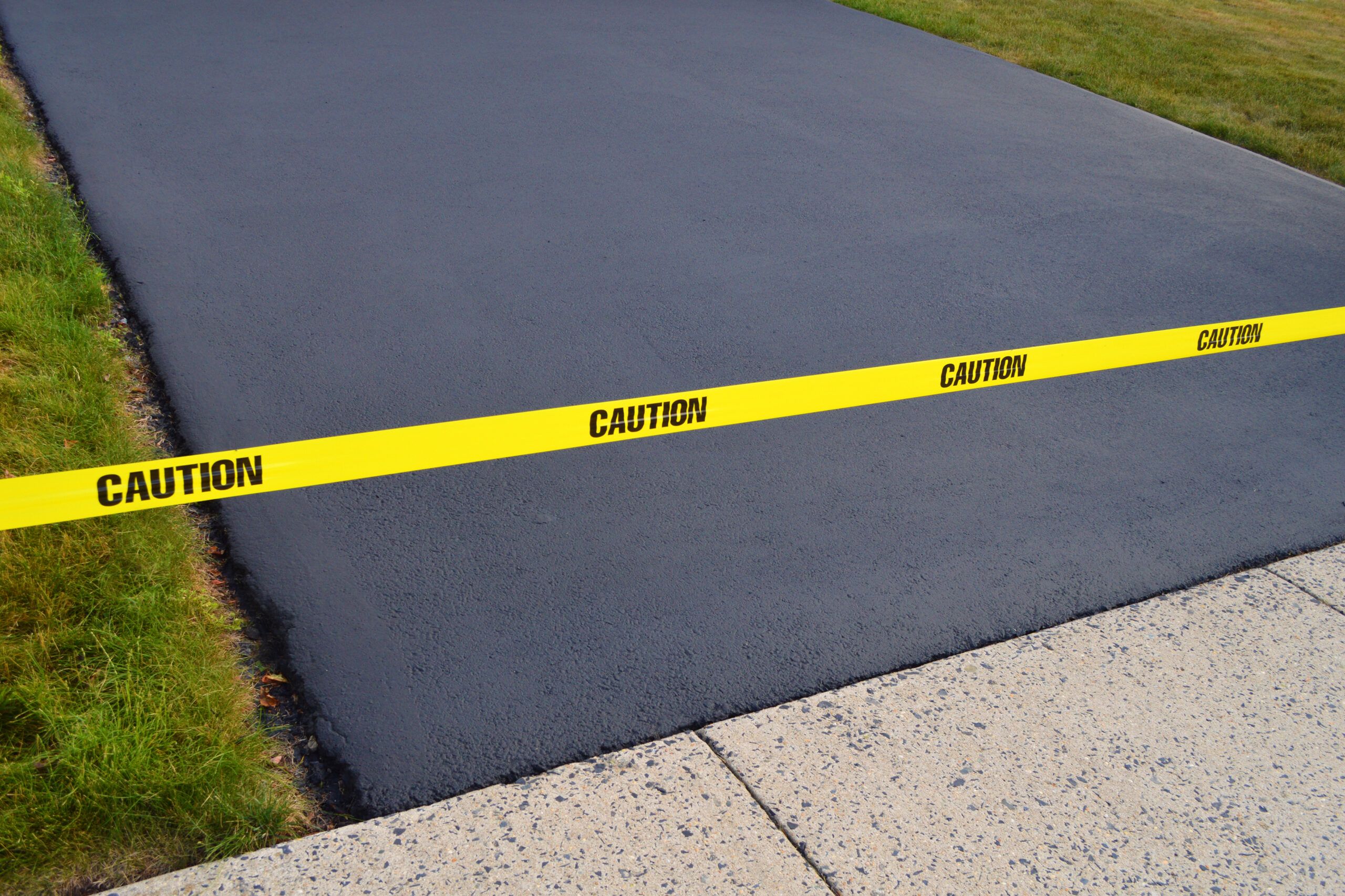Warm Mix Asphalt: A Lasting Service for Sidewalk
Warm Mix Asphalt (HMA) has emerged as a leading lasting choice for sidewalk services, offering a myriad of environmental benefits and ingenious technologies. As the demand for eco-friendly building and construction methods grows, checking out the nuances of HMA's sustainability can provide beneficial understandings into the future of sidewalk remedies.
Ecological Advantages of Warm Mix Asphalt

Additionally, Warm Mix Asphalt aids to mitigate urban warmth island effects. Its dark color absorbs sunshine, lowering the amount of heat reflected back right into the environment contrasted to lighter-colored sidewalks. This can lower ambient temperatures in metropolitan locations, decreasing the need for cooling and inevitably decreasing power consumption.
Additionally, Hot Mix Asphalt adds to enhanced stormwater management. Its porous nature allows water to charge and penetrate the sidewalk groundwater products, lowering drainage and the threat of flooding. These ecological benefits make Hot Mix Asphalt a sustainable option for paving highways and roadways.
Power Effectiveness in HMA Production
Is power effectiveness a vital element in the manufacturing of Hot Mix Asphalt (HMA)? Power plays a significant duty in the production of HMA, impacting both price and environmental sustainability. One crucial facet of power effectiveness in HMA production is the use of warm mix asphalt (WMA) innovations.
Furthermore, developments in plant innovations have resulted in more energy-efficient HMA manufacturing processes. Modern plants are created with functions like recycled asphalt sidewalk (RAP) processing capacities, reliable heater systems, and boosted insulation, all adding to energy savings. By optimizing energy usage in HMA manufacturing, the sector can minimize its carbon footprint while maintaining premium sidewalk materials. Power efficiency is, for that reason, an essential factor to consider in making certain the sustainability of Hot Mix Asphalt production.
Recyclability of Warm Mix Asphalt
The recyclability of Hot Mix Asphalt (HMA) is a critical aspect of its sustainability and lasting ecological impact. HMA is among one of the most recycled materials in the United States, with over 100 million heaps of redeemed asphalt pavement (RAP) being recycled each year in brand-new pavement building and construction. Reusing HMA offers numerous environmental advantages, such as minimizing the demand for virgin products, reducing energy intake throughout production, and lowering the amount of waste sent out to land fills.
The procedure of recycling HMA entails milling the existing pavement, squashing it into smaller sized pieces, and mixing it with brand-new accumulation and asphalt binder to produce a recycled mix. This recycled mix can usually do as well as or even far better than conventional HMA, while needing fewer raw materials and creating reduced greenhouse gas discharges. By incorporating RAP into brand-new sidewalk tasks, roadway agencies can save natural resources, lower prices, and lessen the ecological impact of road building and maintenance activities. In general, the recyclability of HMA plays a substantial function in promoting lasting techniques within the sidewalk industry.

Long-Term Efficiency of HMA
Asphalt pavements show toughness and strength over an extensive period, showing the long-term efficiency of Hot Mix Asphalt (HMA) The long life of HMA can be credited to its capability to stand up to rush hour loads, extreme weather condition problems, and the effects of aging. Studies have revealed that well-designed and properly created HMA pavements can last for 20 years or even more with regular maintenance. The key to taking full advantage of the long-lasting performance of HMA exists in using high-grade products, complying with finest methods in building, and carrying out efficient upkeep methods. Appropriate drainage, routine examinations, and prompt fixings are vital for preserving the architectural stability of HMA pavements over time. In addition, developments in HMA technology, such as making use of polymer-modified binders and warm mix asphalt, have better improved the resilience and durability of HMA pavements. By focusing on quality building and construction and maintenance practices, HMA remains to show itself as a lasting and economical service for resilient pavement framework.

HMA: Toughness and Sustainability
Showing both resilience and sustainability, Warm Mix Asphalt (HMA) has come to be a foundation in the building and construction of durable pavement frameworks - regrading. HMA's durability originates from its ability to stand up to heavy tons, harsh climate condition, and high web traffic quantities, making it a reputable choice for highways, highways, and flight terminal paths. The structure of HMA, which typically includes accumulations, binder, and filler, plays an essential duty in improving its long life and resistance to tear and put on
Moreover, HMA's sustainability lies in its recyclability and energy-efficient manufacturing procedure. The capability to reuse recovered asphalt sidewalk (RAP) in brand-new HMA mixes minimizes the need for virgin materials and lessens the ecological impact of pavement building and upkeep. Additionally, the energy effectiveness of generating HMA hinges on its lower mixing temperatures contrasted to various other pavement materials, causing lowered power intake and greenhouse gas emissions.
Conclusion
In conclusion, warm try this web-site mix asphalt (HMA) uses a lasting service for pavement with its environmentally friendly features. HMA's recyclability, power efficiency in manufacturing, and lasting toughness make it an environment-friendly option for road building and construction.
HMA is one of the most recycled materials in the United States, with over 100 million tons of reclaimed asphalt sidewalk (RAP) being reused annually in brand-new pavement building.The process of reusing HMA includes crushing the existing pavement, squashing it into smaller items, and mixing it with brand-new aggregate and asphalt binder to produce a recycled mix.Asphalt pavements show resilience and durability over an extended duration, reflecting the long-lasting efficiency of Hot Mix Asphalt (HMA) In addition, improvements in HMA innovation, such as the usage of polymer-modified binders and warm mix asphalt, have actually further improved Bonuses the durability and durability of HMA pavements. The capability to recycle recovered asphalt sidewalk (RAP) in Clicking Here brand-new HMA mixes lowers the demand for virgin products and minimizes the environmental influence of pavement building and upkeep.